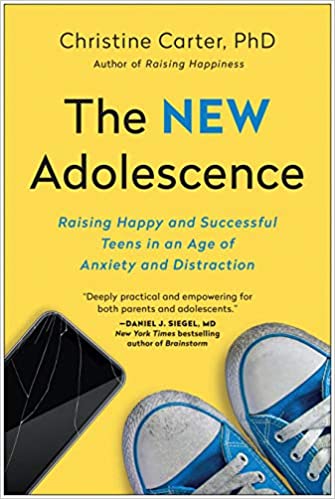 Bullying, particularly in early childhood, is best explained through the theory of operant conditioning. Under this model of explanation for human motivation, bullying behaviors are repeated due to their resulting in material or social reward.
Bullying, particularly in early childhood, is best explained through the theory of operant conditioning. Under this model of explanation for human motivation, bullying behaviors are repeated due to their resulting in material or social reward.
The bully may end up with free lunch money, or may enjoy the praise of peers over being tough or funny. Whatever it is that the bully is receiving as a direct, desired, response of the behavior serves to encourage a repeat performance.
The customized, intimate, nature of these types of reward systems for bullying behaviors is what makes outside intervention attempts largely ineffective.
What Works
Parents and educational staff need different tactics to address — and end — bullying. Many of the suggestions that are provided here are what clinicians encourage clients toward during the course of therapy. While therapeutic intervention often only involves a single person, or a handful of individuals, the school environment provides the opportunity to affect positive change on a broad scale.
Model the desired behavior. One of the most effective ways to encourage positive behavior in our children is to model it, as adults.
Promote self awareness. Self-awareness is the first step toward developing the ability to handle stress effectively.
Foster a culture of honest communication. Make your home and school environment a safe space for open communication.
Teach effective coping skills. Once thoughts and feelings are identified, the task will be learning how to manage them.
Provide healthy outlets. With negative thoughts and emotions being related to the acting out of bullying behavior, providing students with the opportunity to engage in pleasurably distracting behaviors can work toward reducing the negative effects of rumination.
Refrain from adding to the stress. We live in a culture which often promotes the idea of more as being better. Ensure that your students have enough time to engage in healthy introspection and enjoyable activity.
Reward prosocial behaviors. Hearkening to the basics of how bullying behavior is established and fostered, institute a system which actively rewards those social behaviors which are desirable.
Excerpted from “7 Ways Schools Can Stomp Out Bullying” in SmartBrief. For more details on what motivates bullies and the steps to address bullying, read the full article authored by licensed clinical psychologist Jeff Nalin, Psy.D.
Source: SmartBrief | 7 Ways Schools Can Stomp Out Bullying, https://www.smartbrief.com/original/2020/01/7-ways-schools-can-stomp-out-bullying | © 2020 SmartBrief
Do you need someone to talk to? CHC can help. We invite you to call or email our Care Coordinators at 650.688.3625 or careteam@chconline.org to set up a free 30-minute consultation.




